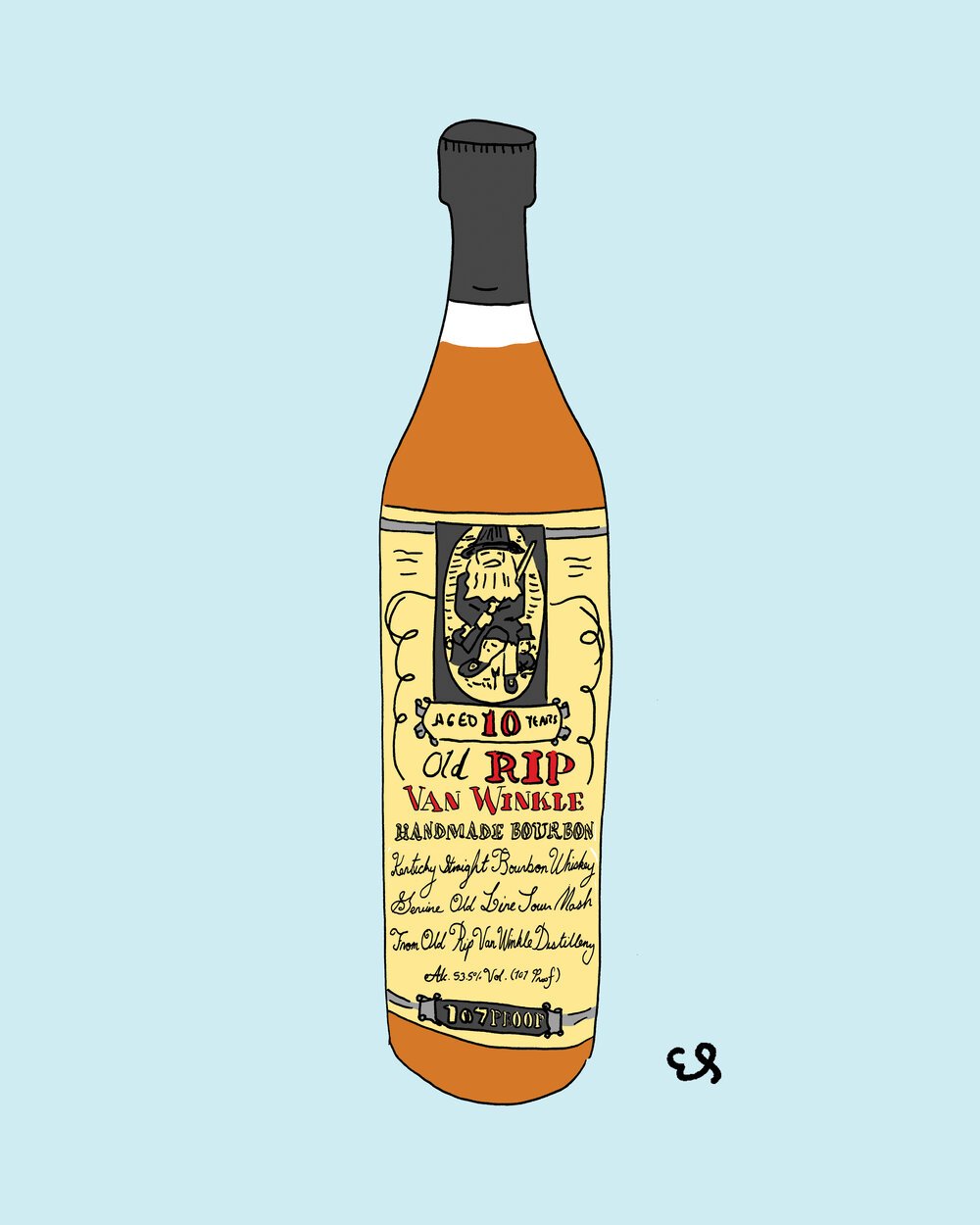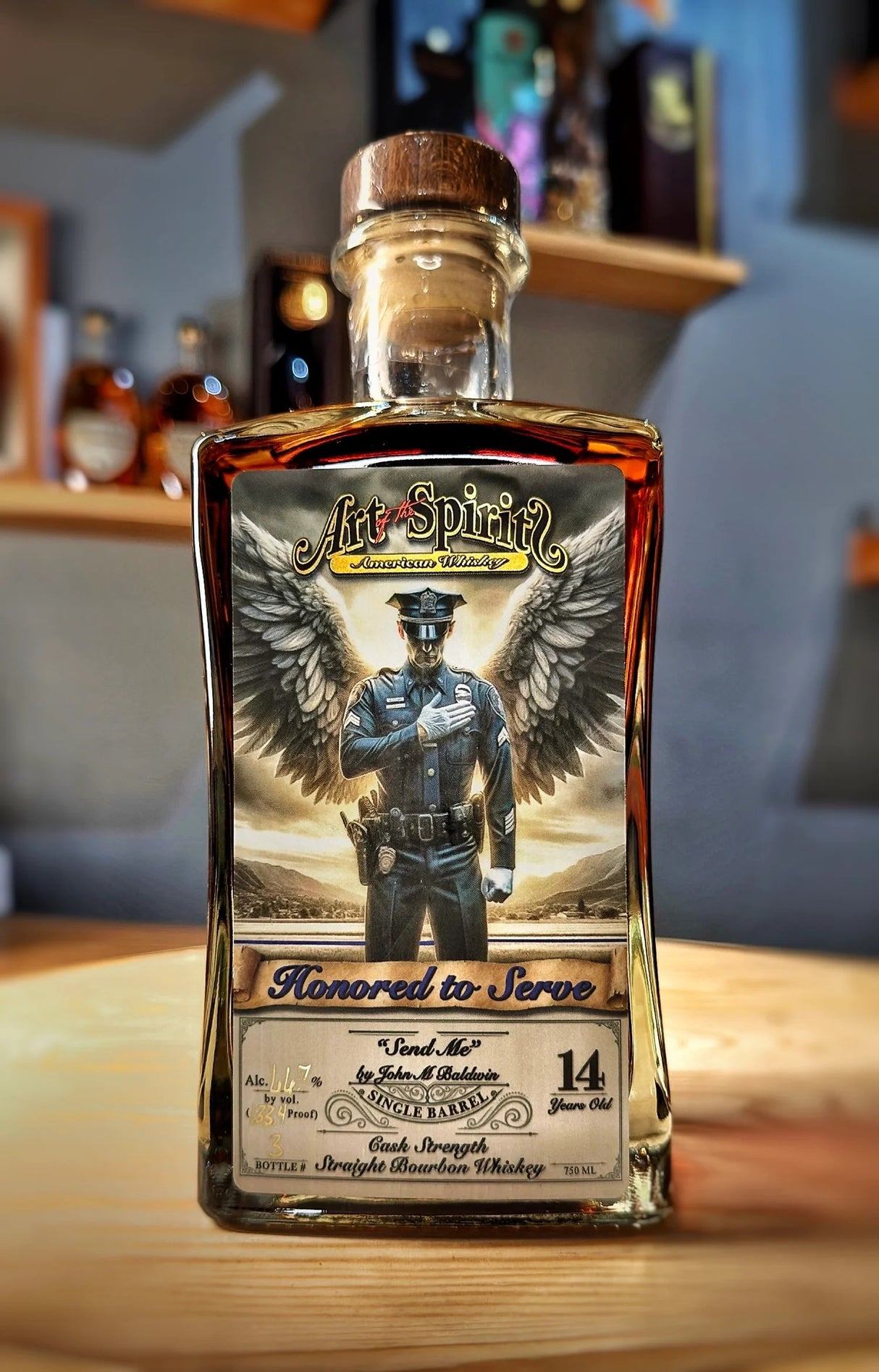The Significance of Whiskey Art in Celebrating Heritage and Craftsmanship in the Beverage Industry
The complex partnership in between whiskey art and the event of heritage and craftsmanship within the beverage market can not be overemphasized. Through thoughtfully developed bottles and tags, scotch brand names encapsulate their historical roots and the artisanal skills that specify their manufacturing methods. This creative dimension not just boosts market allure yet additionally acts as an avenue for social narration, fostering a much deeper link between the craft and the customer. As we explore the different aspects of this topic, intriguing questions about the impact of modern patterns on traditional techniques arise, motivating additional evaluation.
The Historic Roots of Whiskey
At the heart of scotch's allure lies a rich tapestry of historic origins that map back to ancient civilizations. The beginnings of whiskey can be connected to the distillation techniques of the Sumerians and Babylonians around 2000 BCE, where early forms of fermented grain beverages began to emerge. It was in the Center Ages that the art of purification progressed considerably, specifically in Ireland and Scotland, leading to the development of whiskey as we understand it today.
The term "scotch" itself originates from the Gaelic word "uisce beatha," indicating "water of life." This expression underscores the cultural significance of whiskey in Celtic societies, where it was frequently connected with routines, parties, and communal bonding. By the 15th century, distillation ended up being an identified craft within reclusive communities, paving the means for the establishment of legal distilleries.
As profession paths expanded, bourbon's appeal grew, going beyond regional boundaries and capturing the rate of interest of lovers worldwide. Whiskey Art. This historical journey reflects not only the craftsmanship behind bourbon manufacturing however likewise its essential role in social and social contexts, noting it as a significant beverage throughout background
Artistic Expression in Branding
Whiskey branding stands as an engaging crossway of virtuosity and business, where aesthetic identification plays a crucial function in shaping customer perception. The appearances of scotch labels, packaging, and marketing materials reflect not only the brand's story but additionally its core worths and heritage. Via creative expression, distilleries share a narrative that reverberates with customers, evoking emotions and triggering links.
Using shade, typography, and images in branding serves to distinguish products in a saturated market. Typical themes may stimulate a feeling of credibility and craftsmanship, while contemporary layouts can signify advancement and forward-thinking. This tactical imaginative instructions enhances brand name recognition and commitment, enabling consumers to create a personal relationship with the whiskey they pick.
In addition, artistic expression in branding typically works as a party of regional heritage. Distilleries frequently incorporate neighborhood icons or historical references into their layouts, developing a local color that welcomes customers to partake in a broader social experience. Eventually, the virtuosity behind bourbon branding not just improves visual appeal yet additionally enriches the overall narrative of the brand name, promoting a much deeper appreciation for the craftsmanship and heritage ingrained in each container.
Craftsmanship in Bottle Design
The creativity apparent in whiskey branding extends past visual identity to incorporate the workmanship involved in bottle design. Each container functions as a vessel not just for the spirit within, but also for the tale it outlines its origin, high quality, and tradition. The style procedure needs precise focus to information, as components such as product, shape, and closure contribute substantially to the general perception of the scotch.
Craftsmanship in container design involves choosing top notch glass that can improve the whiskey's color and clarity, while additionally giving a responsive experience for the consumer. The shape of the bottle need to be both aesthetically enticing and practical, frequently reflecting the heritage of the brand. Many distilleries choose for special shapes or printed logos that stimulate a sense of credibility and background.
In addition, the label design and typography play an important role in interacting the brand's story. Limited Edition. A well-crafted container not only mesmerizes the customer's eye yet additionally reinforces the brand's commitment to quality and custom. In this method, the craftsmanship of bottle layout becomes an important aspect of the whiskey experience, merging creativity with an extensive regard for heritage
Cultural Importance of Bourbon Art
Celebrating practice and workmanship, the social importance of whiskey art goes beyond mere aesthetic appeals, intertwining with the historical and social stories of the regions from which it comes Continued from. Each container offers as a canvas, illustrating the distinct stories, mythology, and customs that have shaped neighborhood whiskey-making practices. The detailed designs commonly mirror the heritage of the distillers, integrating icons and motifs that resonate with the culture and values of their neighborhoods.

On top of that, whiskey art plays an important function in public celebrations and celebrations, working as a tangible link in between people and their shared experiences. By valuing the artistry imp source in scotch packaging, customers cultivate a much deeper understanding and regard for the craft, eventually enriching their satisfaction of the beverage itself.
Modern Trends in Scotch Presentation
In current years, the discussion of scotch has actually progressed to show contemporary tastes and patterns while still recognizing typical craftsmanship - Whiskey Art. Distilleries are progressively focusing on visual components that improve the overall alcohol consumption experience, bridging the gap in between heritage and modernity
Cutting-edge bottle designs have emerged, usually integrating lasting products and creative labels that tell engaging stories. Several brand names now collaborate with local musicians, instilling their products with unique aesthetic expressions that reverberate with consumers. Additionally, limited-edition releases are usually packaged in collectible containers, adding worth and allure for connoisseurs.

Final Thought
In verdict, scotch art works as a crucial conduit for sharing the heritage and workmanship intrinsic in the drink industry. With elaborate branding, innovative bottle styles, and culturally significant creative components, bourbon brands properly honor their customs and connect with consumers. This imaginative narrative not just boosts the admiration of bourbon yet additionally strengthens neighborhood identity and pride amongst manufacturers. Ultimately, scotch art plays an important role in preserving and commemorating the rich cultural tapestry of whiskey-making.


Craftsmanship in bottle layout involves choosing top notch glass that can enhance go the bourbon's color and clearness, while likewise supplying a responsive experience for the consumer. In this means, the workmanship of bottle style ends up being a crucial aspect of the bourbon experience, combining artistry with an extensive respect for heritage.
In final thought, scotch art serves as a vital avenue for sharing the heritage and craftsmanship integral in the beverage sector.